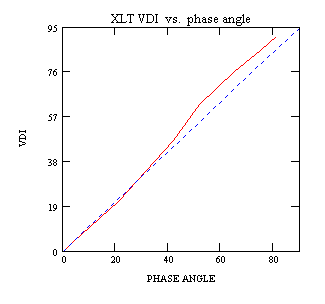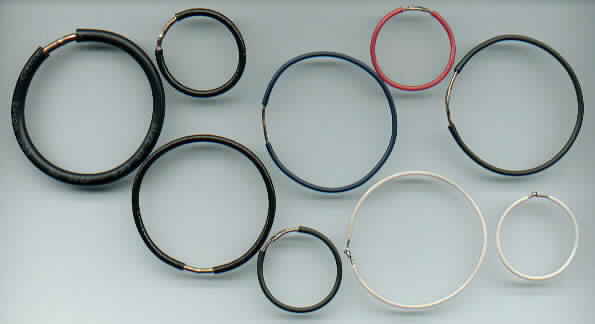
I have always wondered if the XLT VDI numbers were a linear function of phase angle. I had performed some simple tests from outside the box that convinced me that the XLT VDI's were almost linear. So I was willing to treat them as linear in other tests, but I was never sure. It is hard to tell without getting into the box.
So I used my detector project to measure the phase angle of 10 targets which had phase angles from 0 to 81 degrees and plotted the XLT DC Phase numbers versus phase angle. It turns out to be pretty close to linear. The red curve is the measured VDI's and the blue line is just a straight reference line (y=95/90 x).
The XLT uses RC phase shift networks in the demodulator so two XLT's can easily disagree with each other by 2 or 3 VDI numbers. I suspect from other tests that my XLT reads about 1 number higher than it should at the ends of the scale. And I could have a couple of degrees of error in my phase angle measurements.
Robert Hoolko


Comment